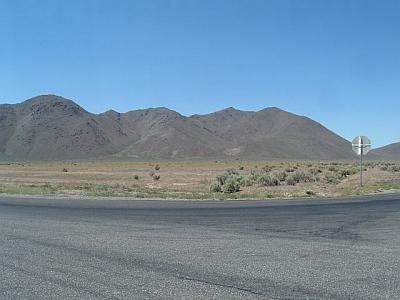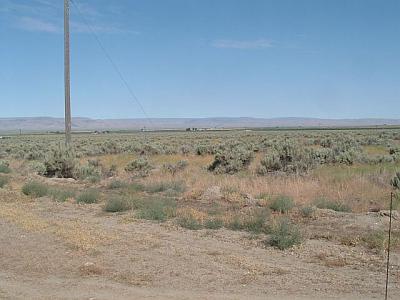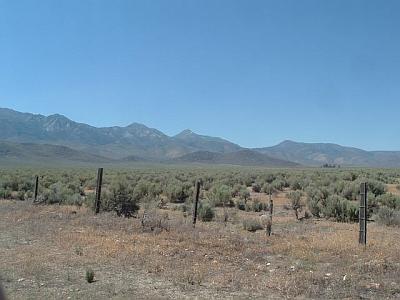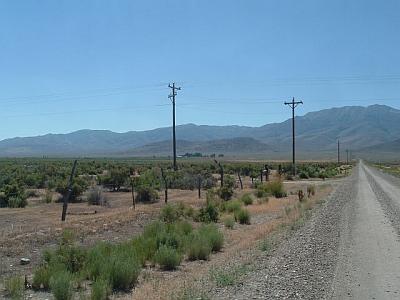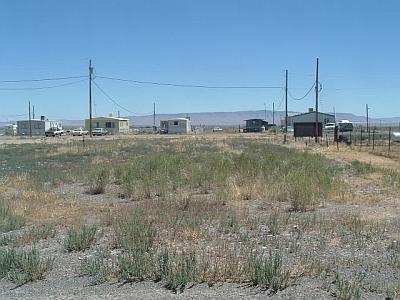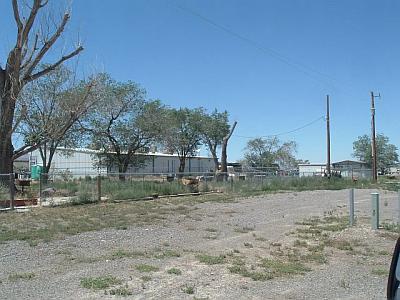Appendix C - Photographs of Representative Fuel Types in Storey County Communities
Representative Fuel Types
Photo 1. Denio Junction. Previously burned areas dominated by cheatgrass and annual mustard were considered a low fuel hazard.
Photo 2. Golconda. Dense shrubs near the railroad tracks increase the ignition risk. A fuel reduction treatment is recommended along the railroad corridors.
Photo 3. Golconda. Near the east side subdivision. Note the sparse fuel loading and discontinuity of the fuel bed in this area of the community.
Photo 4. Orovada. Unburned areas around Orovada that are dominated by big sagebrush or other brush were considered a moderate fuel hazard. Brush types with a prevalent cheatgrass component have the potential for more hazardous conditions in wet years that favor annual plant growth. Irrigated agricultural lands (background) function as greenstrips around rural home sites.
Photo 5. Paradise Valley. Sagebrush fuel type with a continuous cheatgrass understory represents a moderate fuel hazard in dry years that could become a high fuel hazard in wet years with increased cheatgrass production.
Photo 6. Paradise Valley. Vegetation here on the south side of the area consists of four-wing saltbush, sagebrush, rabbitbrush, Great Basin wildrye, and cheatgrass, estimated at 3-4 tons per acre.
Photo 7. Valmy. Russian knapweed invasion.
Photo 8. Valmy residences with weeds along fencelines and yard debris.

